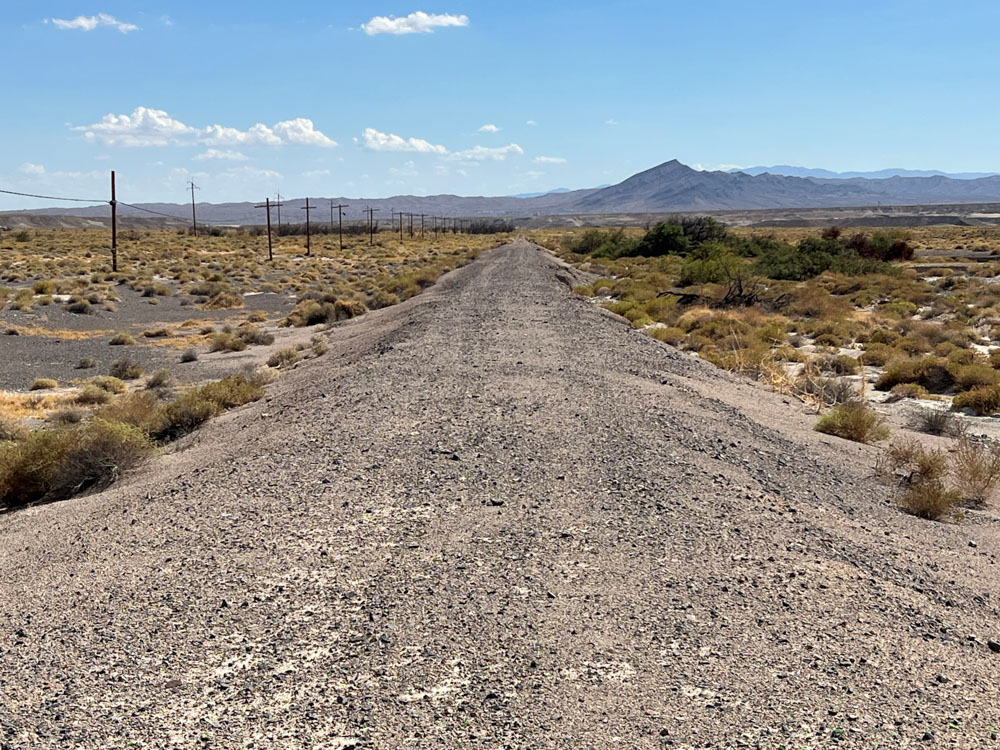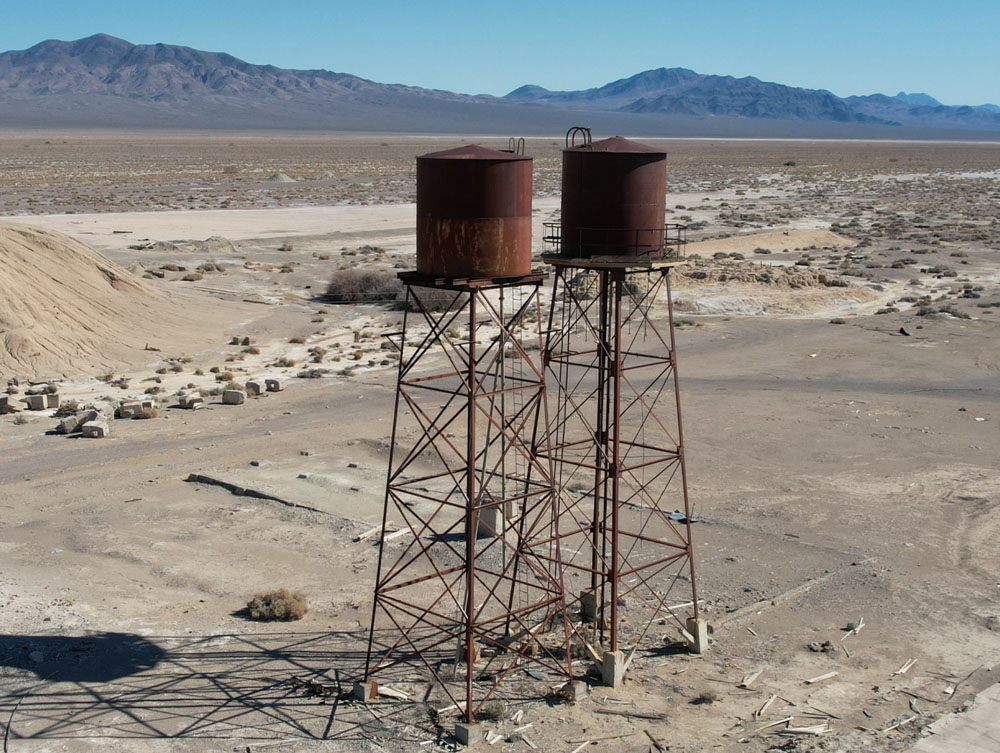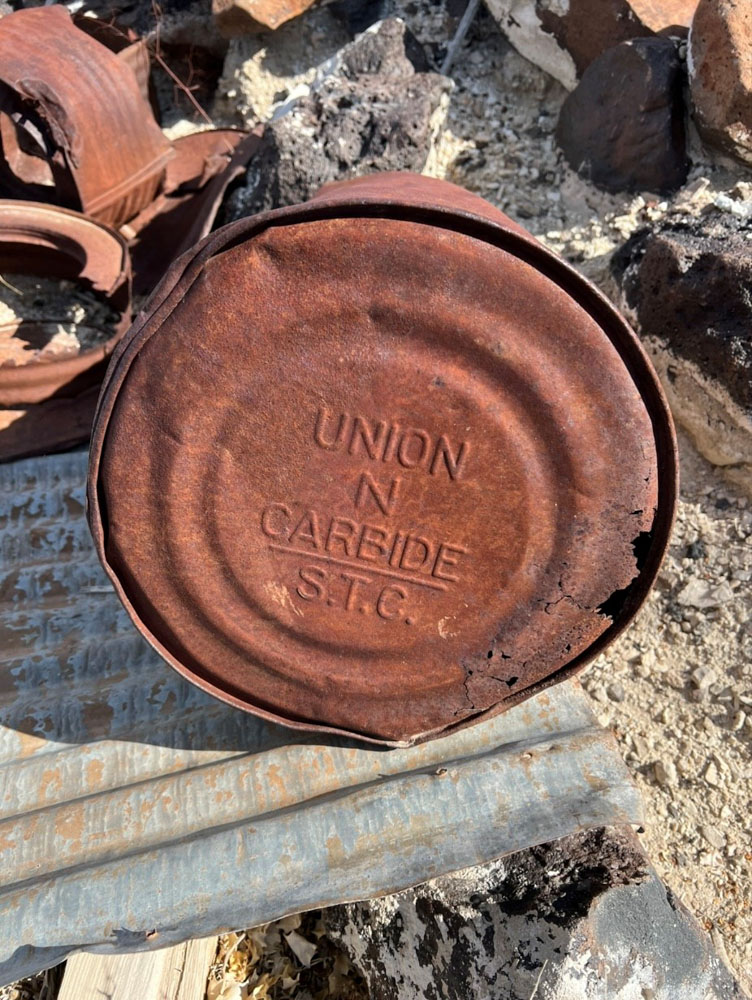A Brief Introduction to Death Valley Junction Mining-Era History – by Lee Adams, board member
Home to the Timbisha Shoshone (Newe) and Chemehuevi/Southern Paiute (Nuwu/Nuwuvi) since time immemorial, mineral extraction by nonnative settlers in the late 1800s brought many changes to the Amargosa Basin, including a mining economy, and with it a number of railroads to move those products to mills and markets.
The basin is home to a number of silver and borax mines, abandoned townsites, and what remains of the Tonopah and Tidewater Railroad that supported the town of Death Valley Junction. A second railroad, the Death Valley Railroad, also was significant to the town.
Remains of the area’s mining and railroad history bring many visitors to the Amargosa Basin these days, and the area is a rich tapestry for “Old West” history buffs. Some of the sites that remain are on freely accessible public lands, while others are on private property, so visitors should learn about and respect local land ownership. Lastly, a good reminder is to take only photographs and leave only footprints, so these resources can be enjoyed by future generations!
The visible right of way of the Tonopah and Tidewater Railroad, looking south, with Tecopa Peak in the background.
Water towers at Death Valley Junction stand like sentinels over the listed national historic district.
Evidence of an early mining camp.



